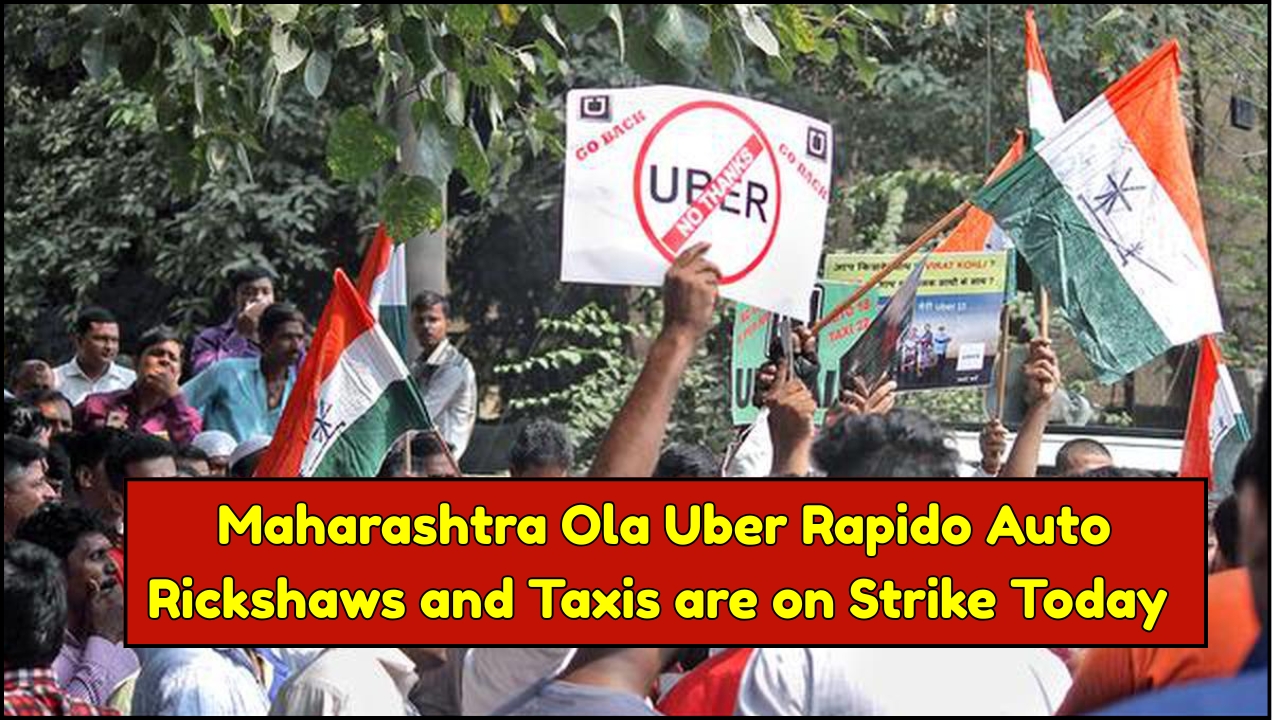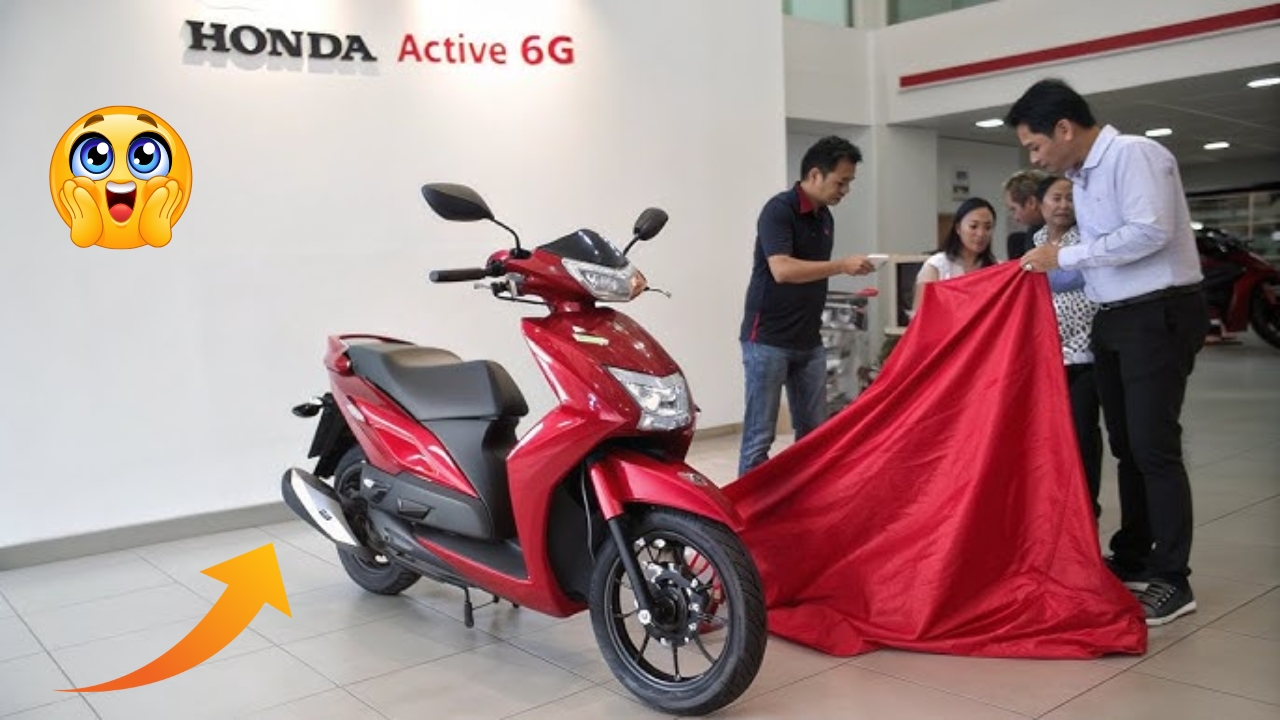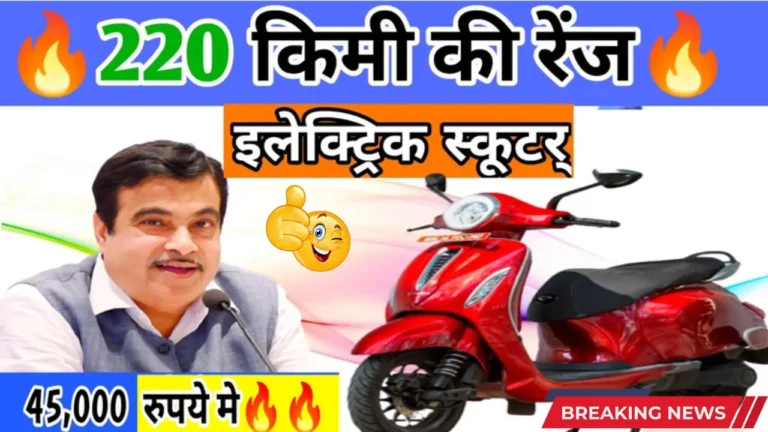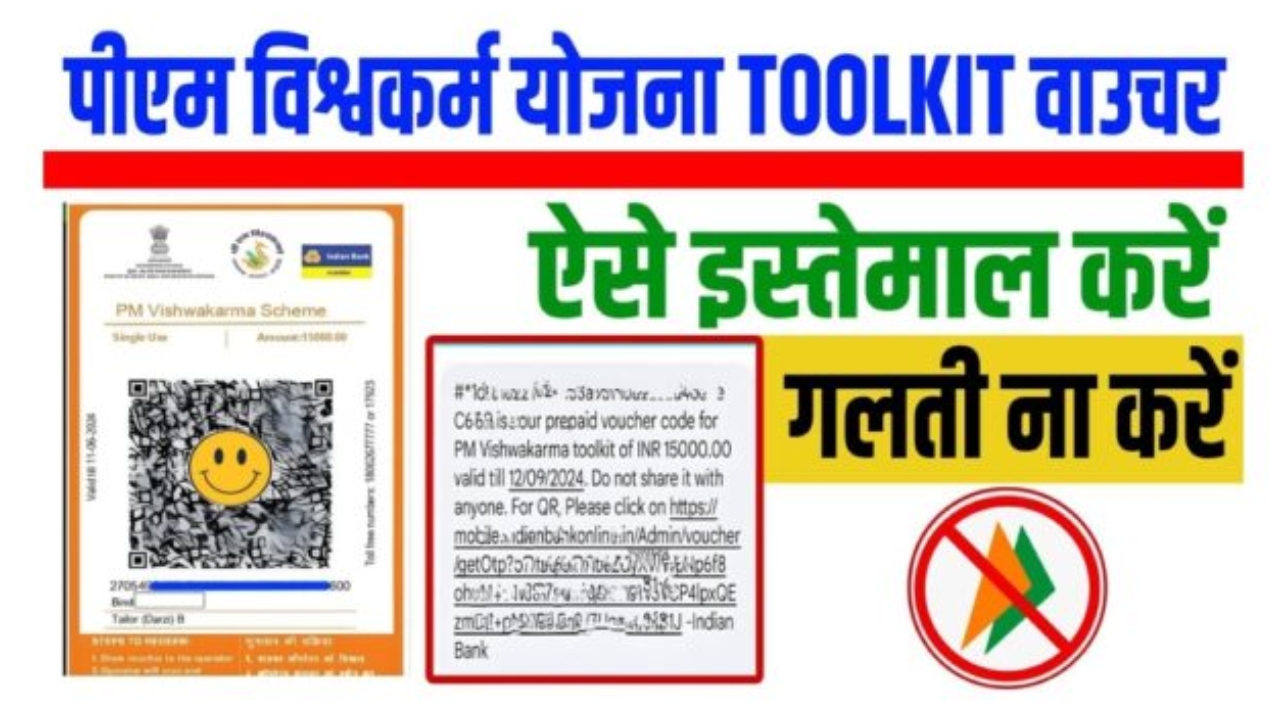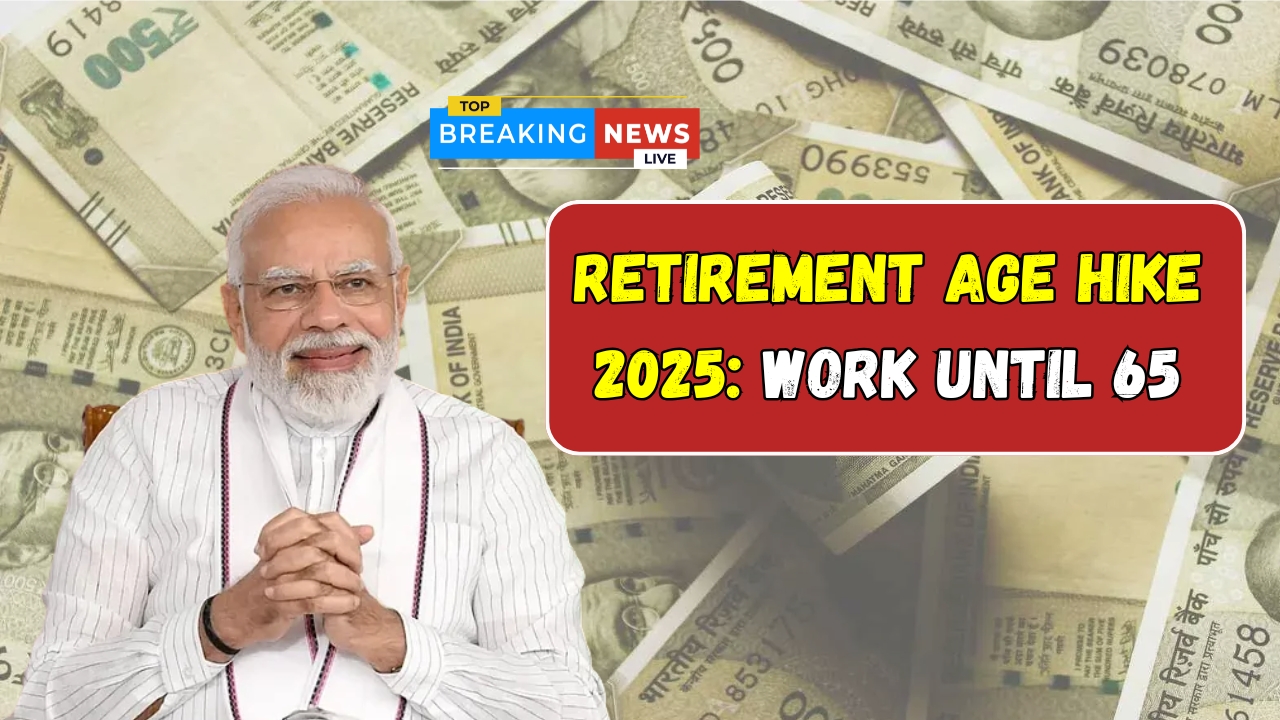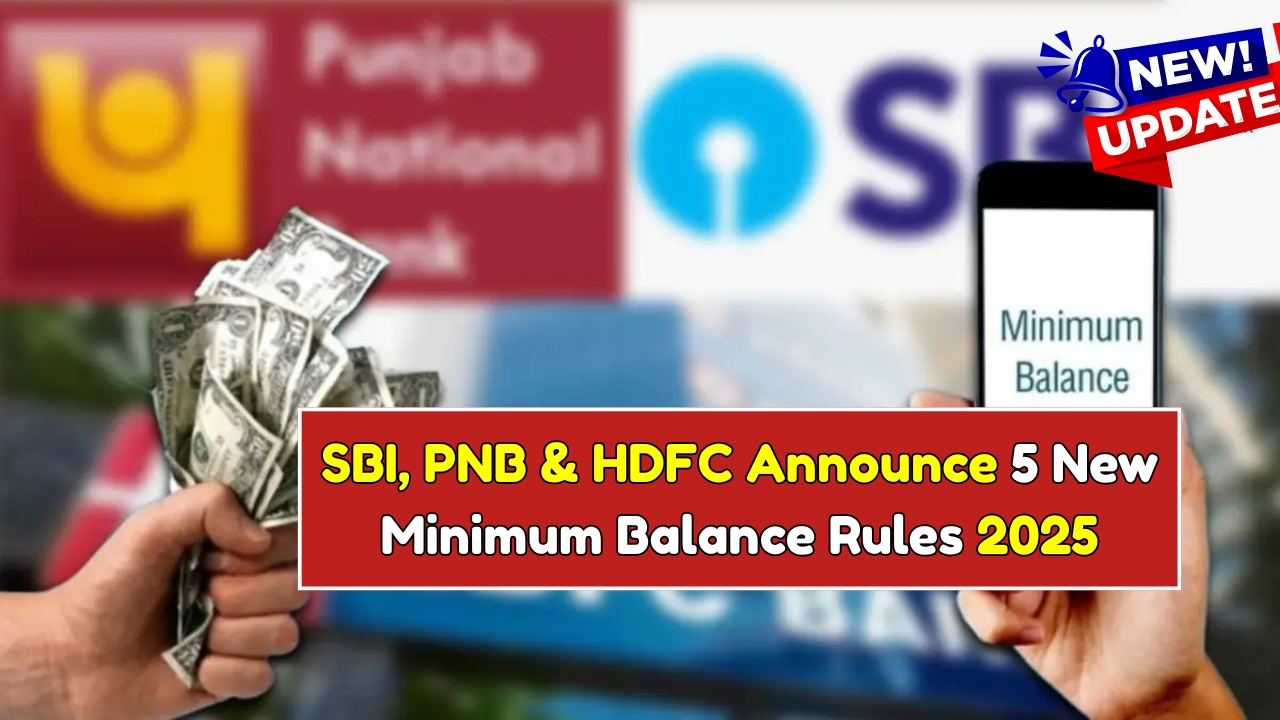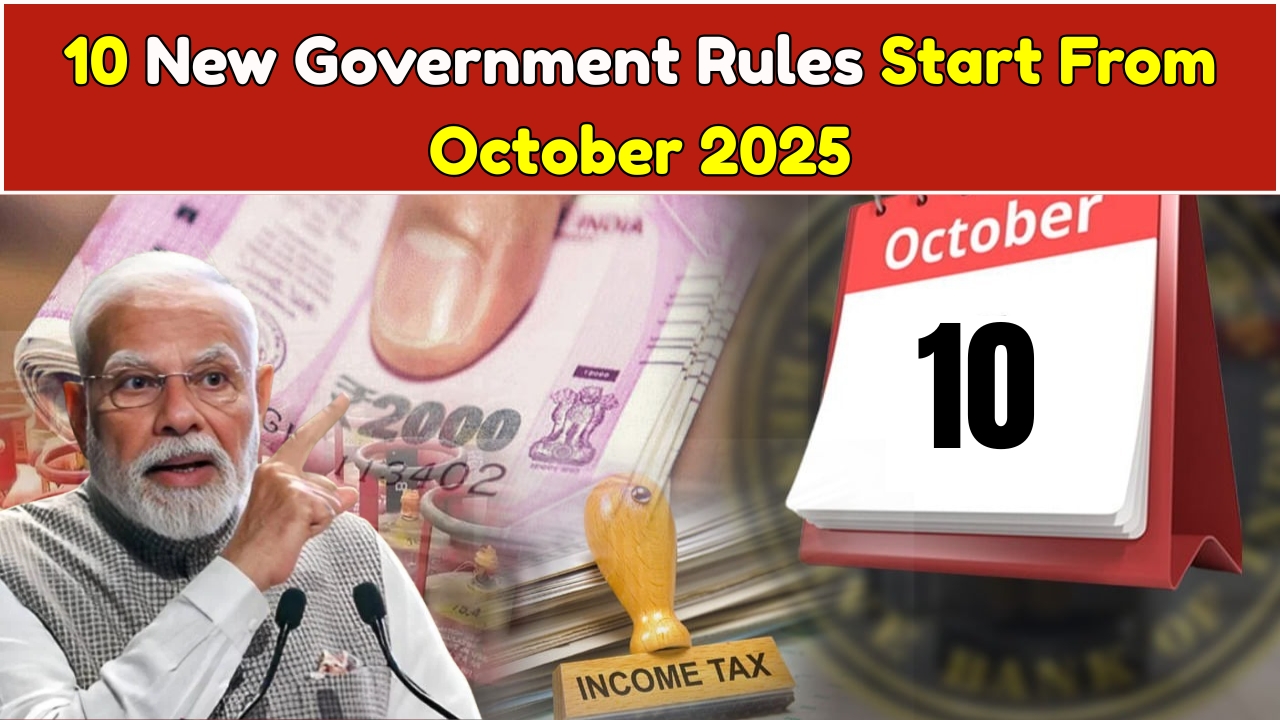Ola, Uber, and Rapido services were severely disrupted across Maharashtra on October 9, 2025, as over 8,000 drivers launched a one-day strike affecting five major cities: Mumbai, Pune, Nagpur, Nashik, and Aurangabad. The strike, organized by the Bharatiya Gig Kamgar Manch and supported by the Indian Gig Workers’ Forum, was aimed at protesting against alleged government inaction and exploitative practices by ride-hailing platforms. Drivers demanded fare revisions, fair revenue sharing, and stricter regulation of bike taxis operated by private two-wheelers, which they claim violate state transport laws.
The protest coincided with Prime Minister Narendra Modi’s visit to Mumbai, which union leaders said was intentional to draw national attention to their grievances. With more than 90% of drivers off the roads, commuters faced severe disruptions, especially at airports and railway stations, where app-based cabs showed “No availability” and prepaid counters remained closed. Public transport systems were overwhelmed, leading to long queues and travel chaos.
Ola, Uber & Rapido 1-Day Strike: Key Overview
The one-day strike by Ola, Uber, and Rapido drivers was not just a labor protest but a broader movement highlighting systemic issues in India’s gig economy. Drivers accused platforms of unfair commission cuts, arbitrary deactivation of accounts, and failure to implement government-mandated fare structures.
Despite directives from the Maharashtra Transport Commissioner to ensure at least 80% of the fare goes to drivers, unions claim compliance remains poor. The strike also targeted the illegal operation of bike taxis using private two-wheelers, which drivers argue undermines safety and regulatory norms.
Union leader Keshav Kshirsagar emphasized that the protest was a response to months of unaddressed grievances, including corruption within the transport department and lack of social security for gig workers. The strike included a “jail bharo” agitation, signaling the drivers’ willingness to face legal consequences to press their demands. The timing—during a national finance conference and the Prime Minister’s visit—was strategic to maximize visibility.
| Aspect | Details |
| Strike Date | October 9, 2025 |
| Duration | 24-hour shutdown |
| Cities Affected | Mumbai, Pune, Nagpur, Nashik, Aurangabad |
| Organizing Body | Bharatiya Gig Kamgar Manch, Indian Gig Workers’ Forum |
| Driver Participation | Over 8,000 drivers; 90–100% compliance |
| Main Demands | Fair fare structure, 80% driver payout, ban on illegal bike taxis |
| Government Response | Transport Minister Pratap Sarnaik to announce new aggregator policy |
| Impact on Commuters | Airport delays, app unavailability, public transport strain |
Gig Economy, Driver Protests, Fare Transparency
The strike underscores growing unrest in the gig economy, where drivers operate without formal employment benefits despite being integral to platform operations. The demand for fare transparency is central, as drivers allege that platforms offer deep discounts at their expense. Surge pricing profits are another flashpoint—drivers want fixed payouts based on Regional Transport Authority (RTA) rates, not variable app-based calculations.
Another critical issue is the unchecked growth of bike taxis via Rapido and others using private two-wheelers. Drivers argue this violates the Motor Vehicles Act and creates unfair competition. They also demand inclusion in the Auto Rickshaw and Taxi Welfare Board for legal and financial support, which could provide a safety net against arbitrary account suspensions.
Passengers expressed frustration but acknowledged the drivers’ plight. At Pune Airport, many travelers waited hours for cabs, with some missing meetings and appointments. While users rely on app convenience, the strike revealed the fragility of ride-hailing ecosystems when driver discontent reaches a tipping point.
The Maharashtra government has responded by drafting new rules for app-based aggregators, expected to cap surge pricing, mandate minimum driver payouts, and introduce social security measures. However, unions remain skeptical, citing past broken promises. The strike may be over, but the underlying issues—exploitative commissions, lack of regulation, and worker dignity—remain unresolved.
Reality Check: Is This a Sustainable Movement?
The October 9 strike was highly effective in disrupting services and gaining media attention. However, its long-term success depends on sustained pressure and policy outcomes. While the government has promised a new aggregator policy, previous assurances have not translated into action. The real test will be whether the draft rules are implemented with enforceable mechanisms.
Drivers face a tough trade-off: each strike day costs them ₹2,000–₹3,000 in lost income. Yet, without collective action, platforms have little incentive to change. The movement reflects a broader national trend, with similar strikes in Jaipur and Delhi, indicating systemic flaws in how gig workers are treated.

